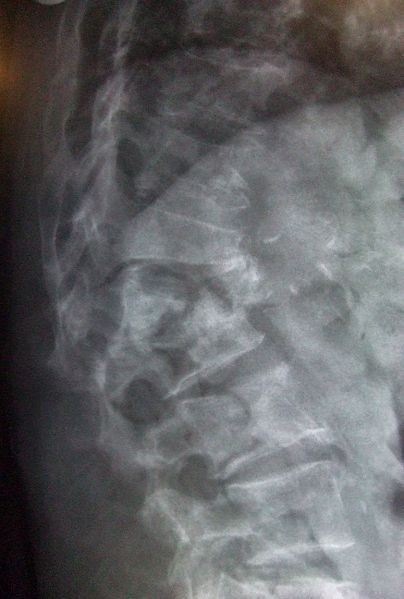Nasa Researchers Develop New Technique to Detect Early Osteoporosis

Nasa scientists have discovered a way by which the bone condition of osteoporosis can be detected in the early stage. The technique was developed in collaboration with researchers from the Arizona State University and has been published in the latest edition of the journal PNAS.
The condition of osteoporosis involves thinning of bone tissue and loss of bone density leading to stooped posture, bone pin and fractures.
Till now, the condition can go undetected for years and is usually detected in the later stages when weakening of the bones has led to a fracture.
The new procedure has been designed partly keeping astronauts in mind as they too can suffer bone loss due to the microgravity of space.
The BBC reported that the technique developed by scientists at Arizona State University working with the US space agency analyses calcium isotopes - different atoms of the element calcium, derived from bone and each with their own specific number of neutrons. The balance or abundance of these different isotopes changes when bone is destroyed and formed and can therefore indicate early changes in bone density.
"The paper suggests an exciting new approach to the problem," the MedicalXpress quoted Dr Rafael Fonseca, chair of the Department of Medicine at the Mayo Clinic in Arizona, and a specialist in the bone-destroying disease multiple myeloma, as saying. Fonseca was not associated with the study but is partnering with the ASU team on collaborative research based on the findings.
"Right now, pain is usually the first indication that cancer is affecting bones. If we could detect it earlier by an analysis of urine or blood in high-risk patients, it could significantly improve their care," Fonseca said.
For the study, the researchers confined a dozen healthy volunteers to bed rest for 30 days. As prolonged bed rest triggers bone loss in individuals, researchers were able to detect bone loss with the help of the new technique after as little as one week of bed rest - long before changes in bone density would be detectable on conventional medical scans such as dual-energy X-ray absorptiometry (DXA).
© Copyright IBTimes 2024. All rights reserved.






















